Expansion of Smart City Initiatives
The led materials market is poised for growth due to the expansion of smart city initiatives across urban areas. Cities are increasingly investing in smart infrastructure that incorporates LED lighting for streetlights, public spaces, and transportation systems. These initiatives not only enhance public safety but also contribute to energy savings and reduced carbon footprints. As municipalities adopt smart technologies, the demand for advanced LED materials is expected to rise. Reports suggest that investments in smart city projects could exceed $1 trillion by 2025, creating substantial opportunities for the led materials market to thrive in this evolving landscape.
Regulatory Support for Energy Efficiency
The led materials market benefits from increasing regulatory support aimed at enhancing energy efficiency across various sectors. Government initiatives, such as the Energy Policy Act, promote the adoption of energy-efficient technologies, including LED lighting solutions. This regulatory framework encourages manufacturers to innovate and develop advanced LED materials that meet stringent energy standards. As a result, the market is projected to grow at a CAGR of approximately 10% through 2026, driven by the demand for compliant products. Furthermore, state-level incentives and rebates for energy-efficient upgrades further stimulate the led materials market, making it an attractive option for consumers and businesses alike.
Rising Demand for Energy-Efficient Solutions
The led materials market is experiencing a surge in demand for energy-efficient lighting solutions, driven by both consumer preferences and corporate sustainability goals. As energy costs continue to rise, businesses and homeowners are increasingly seeking alternatives that reduce energy consumption. LED lighting, known for its low energy usage and long lifespan, is becoming the preferred choice. According to recent data, the adoption of LED lighting in commercial applications has increased by over 30% in the past two years. This trend is likely to continue, as the led materials market adapts to meet the growing need for sustainable and cost-effective lighting solutions.
Increased Adoption in Residential Applications
The led materials market is seeing a notable increase in adoption within residential applications, as homeowners seek to enhance energy efficiency and aesthetics. The shift towards smart home technologies has further accelerated this trend, with LED lighting being a key component of smart home systems. Recent surveys indicate that nearly 50% of homeowners are considering LED lighting upgrades in their renovation projects. This growing interest in energy-efficient home solutions is likely to drive the led materials market, as consumers become more aware of the long-term cost savings associated with LED products. The market is projected to expand as more households transition to LED lighting.
Technological Innovations in LED Manufacturing
Technological advancements in the manufacturing processes of LED materials are significantly impacting the led materials market. Innovations such as improved semiconductor materials and advanced packaging techniques enhance the performance and efficiency of LED products. For instance, the introduction of quantum dot technology has the potential to revolutionize color accuracy and brightness in LED lighting. As manufacturers invest in research and development, the market is expected to witness a compound annual growth rate (CAGR) of around 12% over the next five years. These innovations not only improve product quality but also reduce production costs, making LED materials more accessible to a broader audience.




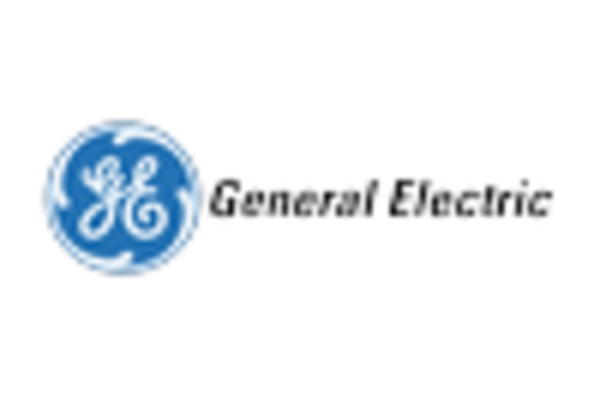
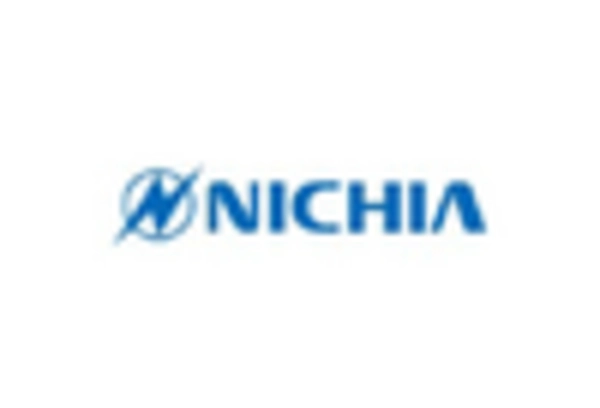
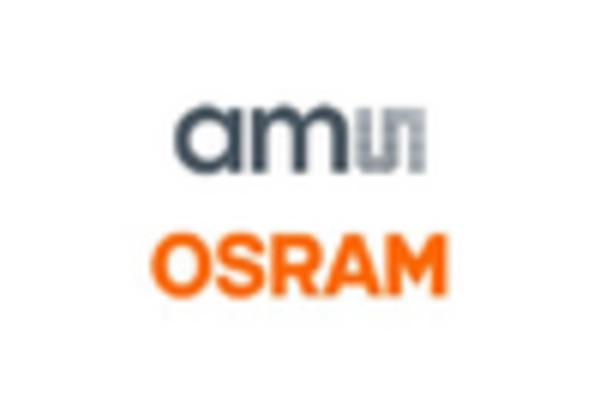
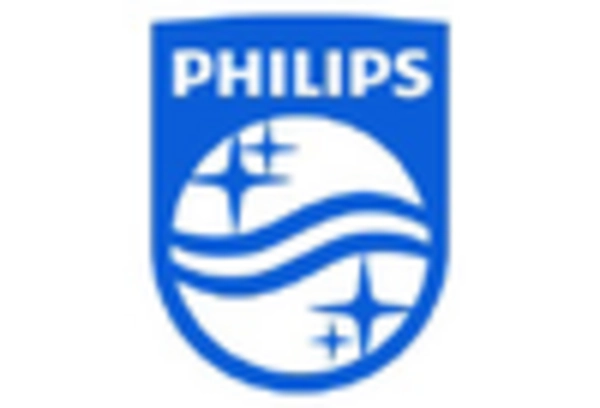
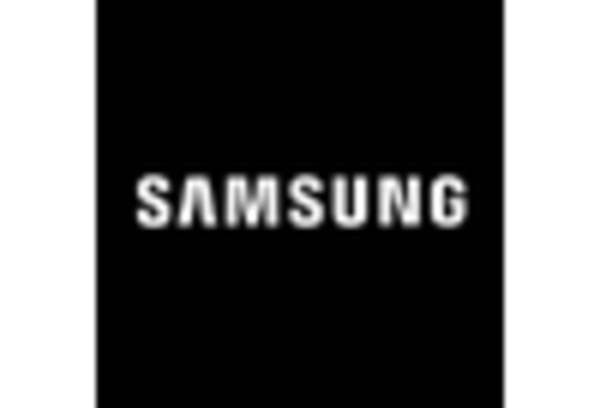








Leave a Comment